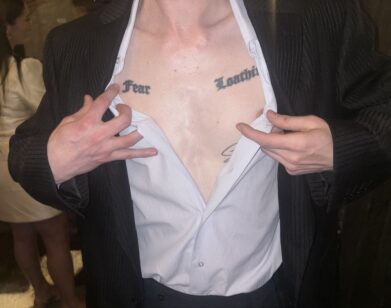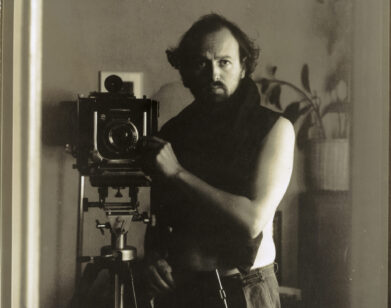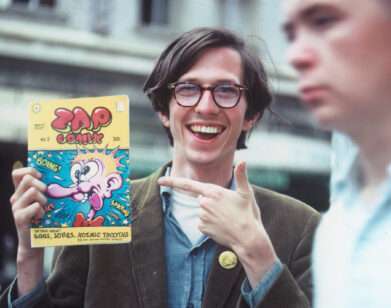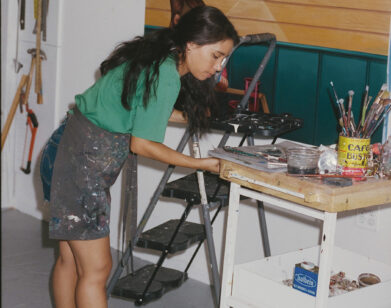Singular Process: Mark Seliger’s Evocative Photography
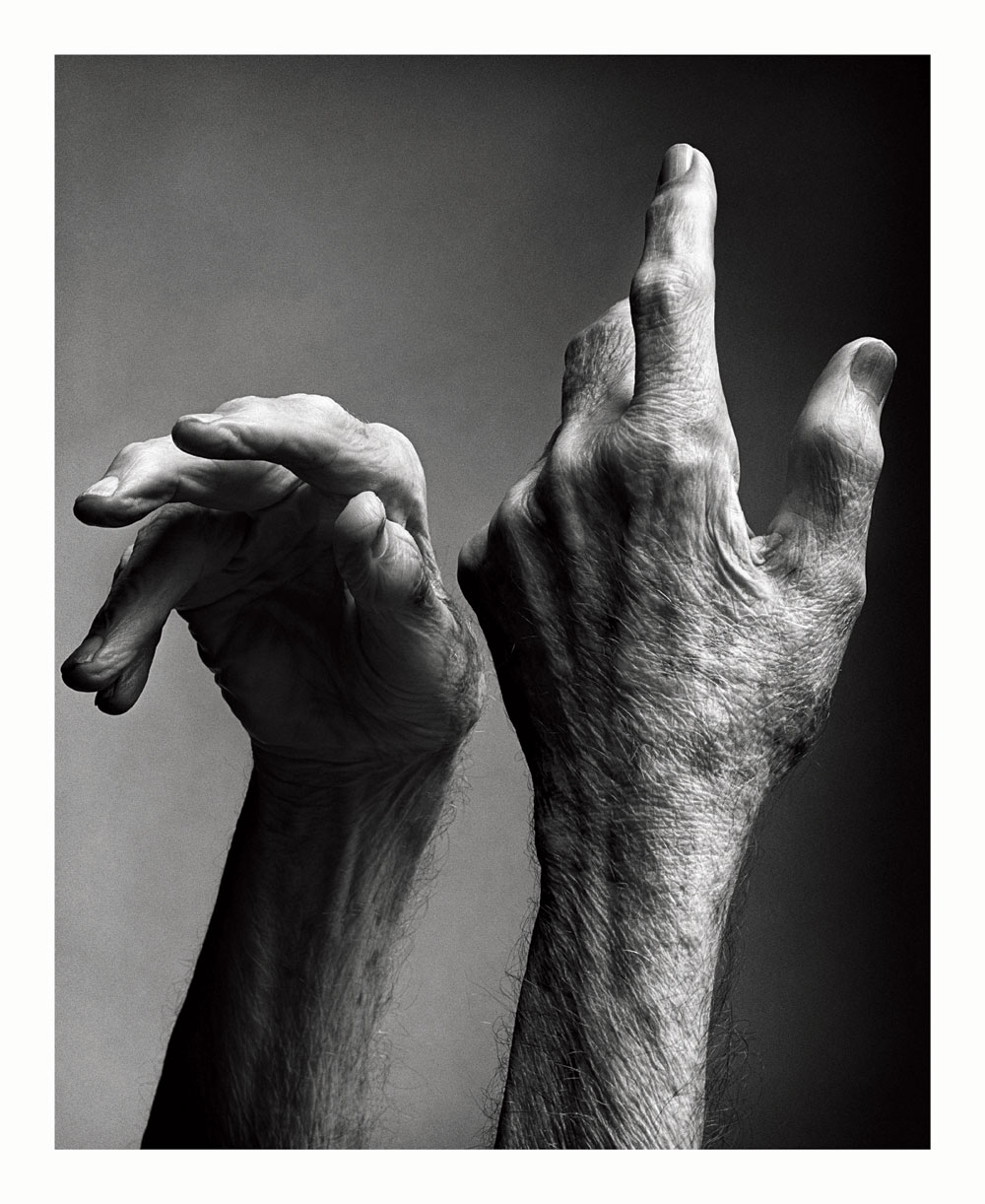
A PORTRAIT OF MERCE CUNNINGHAM, BY MARK SELIGER. PHOTO COURTESY OF THE ARTIST
With his latest book Listen, Mark Seliger invites us not only to witness his photographs, but also to pause and truly steep ourselves in the emotional experiences that they convey. For Seliger, the Texas native who made his name as the chief photographer for Rolling Stone and has continued on to become one of the leading celebrity portrait photographers of a generation, Listen takes a conscious step back from the limelight with the relative anonymity of its subjects. “With Listen,” Seliger reveals, “doing a book of non-celebrities was really important for me…for re-finding what I loved about photography.” Stark in composition but lush in texture, Seliger’s landscapes, still-lifes, and nudes create an anthology that looks to capture the most fundamental elements of beauty and humanity, rather than those that we place on a pedestal.
In a world where the importance of fast-paced digital media seems to grow daily, the slow and deliberate process of creating and developing the images for Listen was just as important as the finished product itself—a process that was quite different from the many shoots Seliger had worked in the past. “Doing a spread for a magazine and collaborating can be a lot of fun, but you’re also working with editors and everybody’s got to be happy and well…,” he laughs, “there are just a lot of chefs.” The images in Listen, on the other hand, demanded an entirely different approach. “In portraiture, you’re carving this idea and working with this person and really trying to control it. In a landscape,” such as those in Listen, “you’re watching and fine-tuning the picture from a very introspective place. The more emotion I put into that that experience, the better that picture became.
In creating these images, Seliger forwent the convenience of digital photography and turned to conventional film and the elegantly simple—though exceedingly fickle—platinum-palladium printing process in creating richly-textured prints that conveyed this introspective tone throughout the work. Using everything from standard 35mm to giant 8×10″ negatives (the latter’s resolution can range from the equivalent of 500-900 megapixels!), Seliger was able to capture every last detail of his subjects and then create extremely high-resolution prints using “the very tactile, temperamental process that photographers would have used a hundred years ago.” One of the most powerful examples of such great attention to detail is found in Seligers’s portrait of legendary choreographer Merce Cunningham, just six months from death. He recalls, “I had done some work with dance and had become friendly with Merce, and though he was paralyzed from the waist down, he performed some of his choreography for me with his hands and I was able to capture them mid-performance.” The graceful positioning of the hands, the texture of the withered dancer’s arms, and the incredible level of detail that allows the viewer to distinguish the ridges of his fingerprints under a magnifying lens all make for powerful viewing. Though we will all, no doubt, casually encounter Seliger’s work flipping through a magazine or on the cover of a CD, photographs such as these are the best argument for taking a deep breath and truly letting an image speak to us. Listen.
LISTEN IS OUT NOW FROM RIZZOLI AND IS AVAILABLE ON AMAZON.


